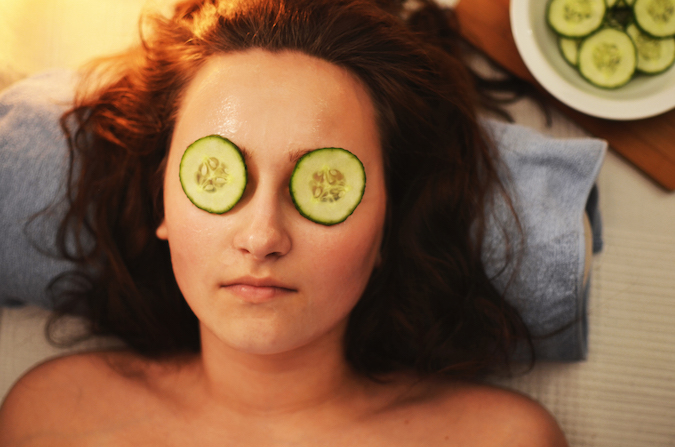Beauty-enhancement practices are a part of many people’s daily lives, but how much of their lives are actually dedicated to it? A team of researchers has found just how much time people spend to enhance their appearance and also shed light on the reasons why they do them.
As part of their study, published in Evolution and Human Behavior, researchers collected a large sample of data on people’s beauty-enhancing behaviors.
“People across the world and throughout history have gone to great lengths to enhance their physical appearance,” they wrote. “Evolutionary psychologists and ethologists have largely attempted to explain this phenomenon via mating preferences and strategies.”
Some theories classify appearance enhancement as a part of efforts to find a mate or, in countries where the prevalence of infections is high, to conceal visual imperfections that may imply signs of disease, noted the National Research University Higher School of Economics (HSE University).
Sociocultural factors may also play a role, such as gender inequality, social media usage and whether the culture in a certain place is more individualistic or collectivist.
The team surveyed 93,158 people across 93 countries about appearance-enhancing behaviors such as applying make-up, grooming their hair, body hygiene practices or exercising to improve their physical attractiveness.
They found that people worldwide on average spend about four hours a day to enhance their looks. That translates to about a sixth of people’s lives.
They also found some rather interesting insights behind such behaviors.
For instance, the theory associated with finding a mate suggests that women and young people may be more interested in enhancing their appearance, but the data revealed that both men and women actually spent quite a substantial amount of time on it, with men spending on average 3.6 hours for it and women four hours.
Even those of older age spent about the same amount of time as younger people, which is “contrary to predictions.”
The pathogen prevalence hypothesis was only “partly confirmed,” the HSE University said in a release. While those who have a history of pathogenic disease did spend more time enhancing their beauty, this was not related to living in a country where such pathogens occur.
Researchers also shed light on the cultural factors that may be affecting people’s beauty-enhancement behaviors, as women in countries with less gender equality were found to invest more time in such activities. It was the same case with people in cultures that were more individualistic than collectivistic.
Unsurprisingly, active users of social media spent more time in improving their looks compared to those who spent less or no time on such platforms. This was, in fact, was the “strongest predictor of attractiveness-enhancing behaviors.”
“This study provides novel insight into universal beauty-enhancing behaviors by unifying evolutionary theory with several other complementary perspectives,” the researchers wrote.
The theories on beauty enhancement behavior are complementary instead of “mutually exclusive,” explained study co-author Dmitrii Dubrov.
“We confirmed certain assumptions and came up with some interesting and less expected results,” Dubrov said. “This study is an important step in evolutionary and sociocultural research that will allow a better understanding of human psychology and our attitudes towards beauty.”


